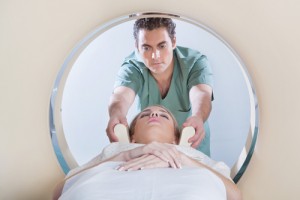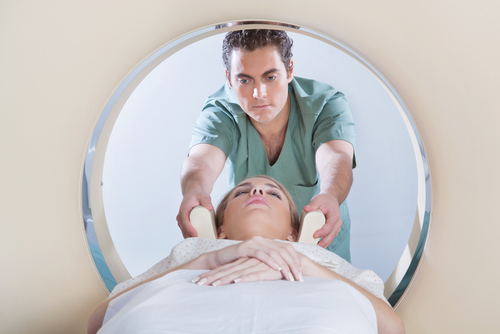 In a recent study entitled “Identification of genetic loci that control mammary tumor susceptibility through the host microenvironment,” researchers identified a genetic background that underlies how microenvironment contributes to radiation-induced cancer risk. The study was published in the journal Scientific Reports.
In a recent study entitled “Identification of genetic loci that control mammary tumor susceptibility through the host microenvironment,” researchers identified a genetic background that underlies how microenvironment contributes to radiation-induced cancer risk. The study was published in the journal Scientific Reports.
The authors tackled a controversial topic on how low dose ionizing radiation (LDIR), such as that delivered by diagnostic devices and air travels, impacts human cancer risk and whether there is a genetic background that contributes to LDIR-induced cancer progression. To answer these questions, scientists at the U.S. Department of Energy’s Lawrence Berkeley National Laboratory used a mouse mammary chimera model (a mouse model compose by different genetic backgrounds) to identify genes that regulate mammary tumor susceptibility to LDIR. Specifically, the authors crossed a highly susceptible cancer mouse strain with a highly resistant one. From this cross-mating system, the offspring generated included resistant and susceptible animals as well as ones with a mixed phenotype. The researchers then removed part of mammary epithelial cells from the mammary gland of each mouse so that only stromal cells would remain (stroma is the tissue part that acts as a supporting and structural role) and exposed half of these animals to LDIR (given in a single delivery throughout the whole body). After the radiation, the team re-implanted epithelial cells prone to cancer.
[adrotate group=”1″]
The team analyzed how tumors progressed in mice, monitoring their immune system behavior, including cytokine production, over 18 months. The results demonstrated that while LDIR did not alter cancer risk, two groups of mice could be identified: one group with increased resistant to cancer and another more susceptible. The authors performed further studies in the latter group to understand what triggered their susceptibility, discovering 13 genes that by modulating the host microenvironment in the mammary gland, contributed to tumor susceptibility upon exposure to LDIR.
Because humans and mice share homology between several genes, the genetic signature found in this study could be translated into humans to target genetic sequences as flags of higher susceptibility, therefore allowing the identification of patients at higher risk of cancer development.
Jian-Hua Mao, at Berkeley Lab’s Life Sciences Division and the study’s lead author, commented in a press release, “In mice that were susceptible to cancer, we found that their genes strongly regulate the contribution of the tumor microenvironment to cancer development following exposure to low-dose radiation. If we can identify similar genetic loci in people, and if we could find biomarkers for these gene-environment interactions, then perhaps we could develop a simple blood test that identifies people who are at high risk of cancer from low-dose radiation.”


